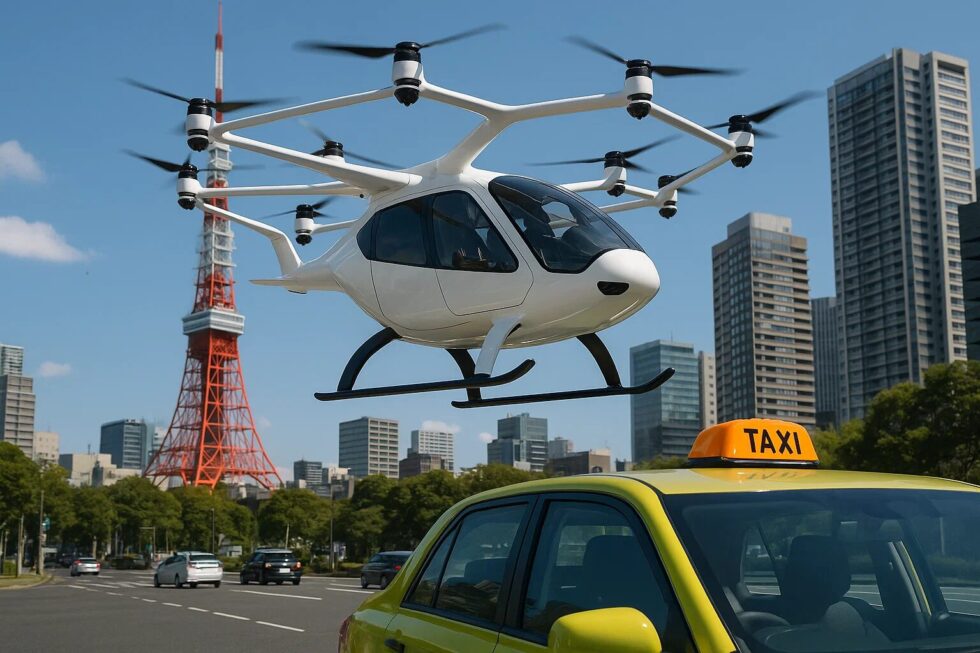When will electric air taxis take off in Japan as ANA and Joby plan a 2027 launch

Leading Japanese airline ANA has announced a partnership with US-based Joby Aviation to launch electric air taxis in Japan by 2027. The project positions Japan as one of the first countries globally to implement electric aerial mobility on a national scale. This was reported by our website G.business, citing the original publication by TechXplore.
The plan involves five-seat aircraft capable of vertical takeoff and forward flight. These aircraft can reach speeds of up to 320 km/h (200 mph) and carry one pilot and four passengers. The goal is to significantly reduce travel time between major transport hubs.
Routes: Narita, Haneda, Tokyo
In its initial phase, the air taxi service will operate between Narita and Haneda airports and central Tokyo. The network is expected to expand in the future. Currently, travel from Narita to central Tokyo can take over an hour — Joby's air taxi could cut this to around 15 minutes.
Accessibility and public demonstrations
ANA aims to make the service accessible to a wide public, although no pricing details have been revealed yet. The first public demonstrations are planned for Osaka Expo in October 2025.
"Japan blends ancient wisdom, masterful craftsmanship, and modern ambition. It's the perfect launchpad for redefining air mobility," said JoeBen Bevirt, CEO of Joby Aviation.
Technology and sustainability
Joby’s aircraft are fully electric, designed to operate almost silently and with zero emissions. They take off vertically like helicopters and transition to forward flight like airplanes — a unique technological combination.
Industry competitors face setbacks
While the Japan–US partnership advances, other players face challenges. In December, German startup Volocopter filed for bankruptcy. Its two-seat Volocity model, initially scheduled for a 2025 launch, was halted due to delays in engine certification, forcing the cancellation of planned demo flights during the Paris Olympic Games.
Stay connected for news that works — timely, factual, and free from opinion. Learn more about this topic and related developments here: EU Commission Tightens AI Regulation: Bureaucracy vs. Fundamental Rights Protection.